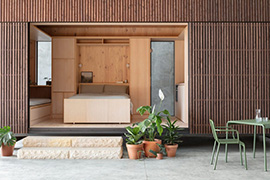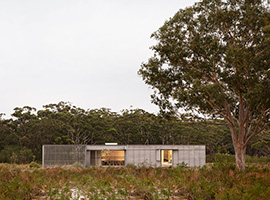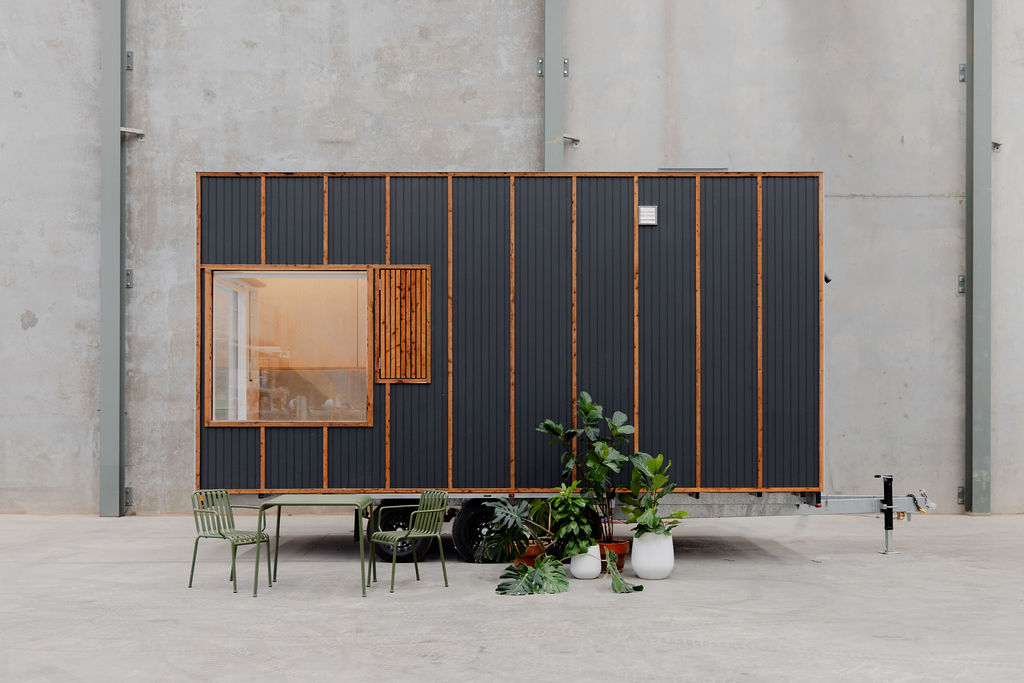These $83K Australian Prefabs Are Built to Withstand Bushfires
Article presented by "John Trujillo", featured on .dwell.com
To read the original article, click here.
Designed with cross-laminated timber, Fabprefab’s Minima home is available in eighteen different configurations with more options for custom touches.
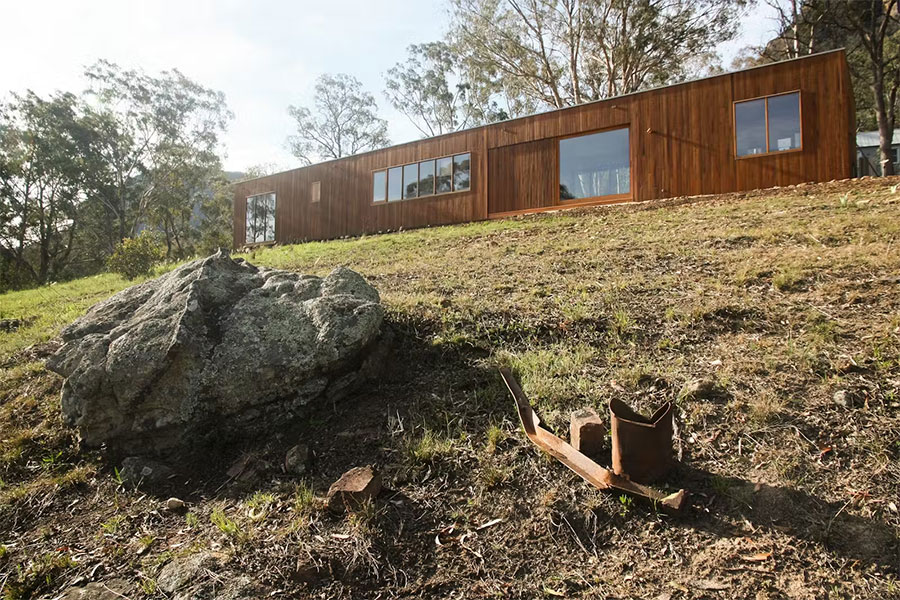
These $83K Australian Prefabs Are Built to Withstand Bushfires
Welcome to Prefab Profiles, an ongoing series of interviews with people transforming how we build houses. From prefab tiny houses and modular cabin kits to entire homes ready to ship, their projects represent some of the best ideas in the industry.
Fabprefab was founded in 2016 by Tony Olding. Across his 30-plus years of experience in construction, he saw the industry beset by problems like material and labor shortages, construction delays, and rising building costs—not to mention the large amounts of waste and high carbon emissions associated with traditional construction. Tony sought to address these problems by manufacturing homes in a controlled environment. Just outside of Sydney, his solar-powered facility uses cross-laminated timber (CLT) to manufacture twenty-five off-the-shelf models designed in collaboration with Trias Studio and CHROFI Architects.
We asked Fabprefab’s managing director, Ed Callanan, to walk us through their latest project and what’s in store for the company.
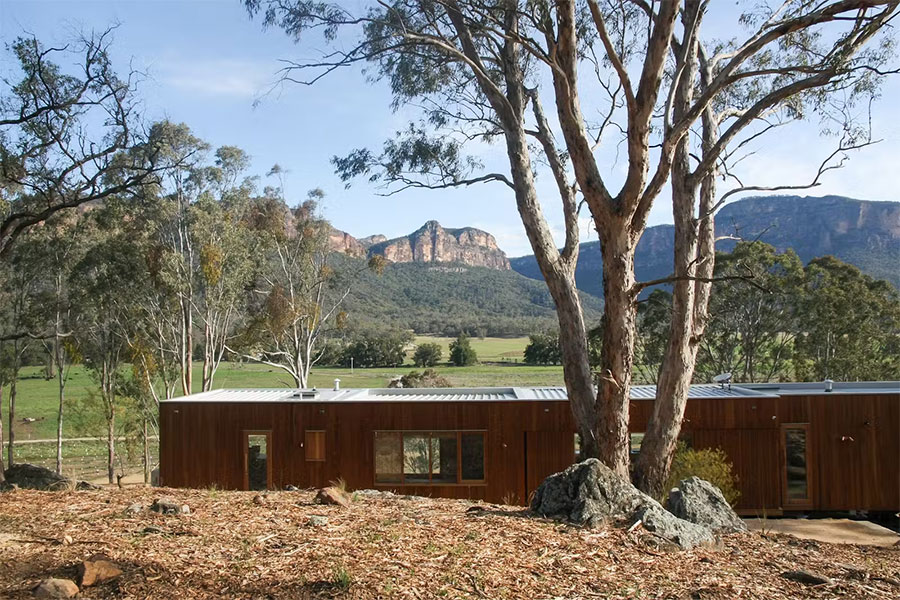
What’s the most exciting project you’ve realized to date?
We recently utilized our Minima modular design as a template for a full-sized house located in the Capertee Valley, in Wiradjuri Country in the western Blue Mountains, New South Wales, Australia. The site is in a stunning location on the edge of the World Heritage-listed Wollemi National Park, with an impressive outlook across rugged sandstone cliffs and eucalyptus forests. It’s also in a bushfire zone.
The project, Practice Ground, is a two-bedroom, two-bathroom dwelling constructed on a narrow footprint that allows for uninterrupted views of the surrounding landscape from every room in the house. The building is comprised of four separate modules, all constructed from plantation radiata pine CLT panels that were completely assembled in our factory and delivered to the site on four separate trucks. Then it was craned into place over two days. The house is clad in sustainably sourced blackbutt, and Australian hardwood, which was a custom addition that provides for increased bushfire protection.
The clients were a young couple who were looking to build their first home on the property. They both have careers that require significant travel and wanted a part-time residence as a place to relax and unwind with friends and family, and where they could work from when required. The clients wanted the house that engaged with the surrounding landscape, and had a reduced environmental footprint.
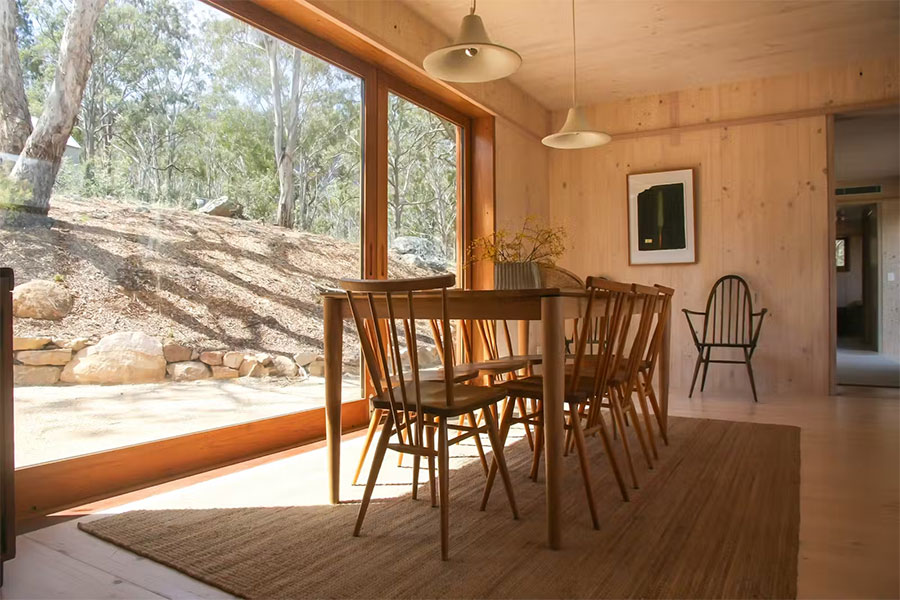
The clients came to us after some challenges with a traditional design and construction process. The remoteness of the property made it difficult to find a local builder to take on the project, with the travel required for contractors to get to site adding significant cost and complexity. The clients didn’t want to compromise on design or quality, so they were looking at prefabrication as an alternative approach to achieve a sophisticated design that was sympathetic to the adjacent landscape but at a reasonable cost.
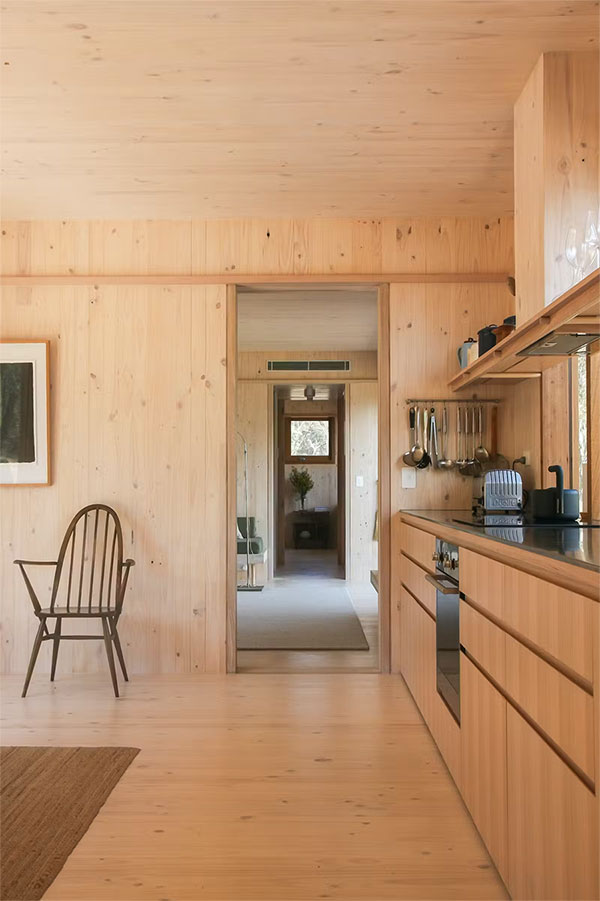
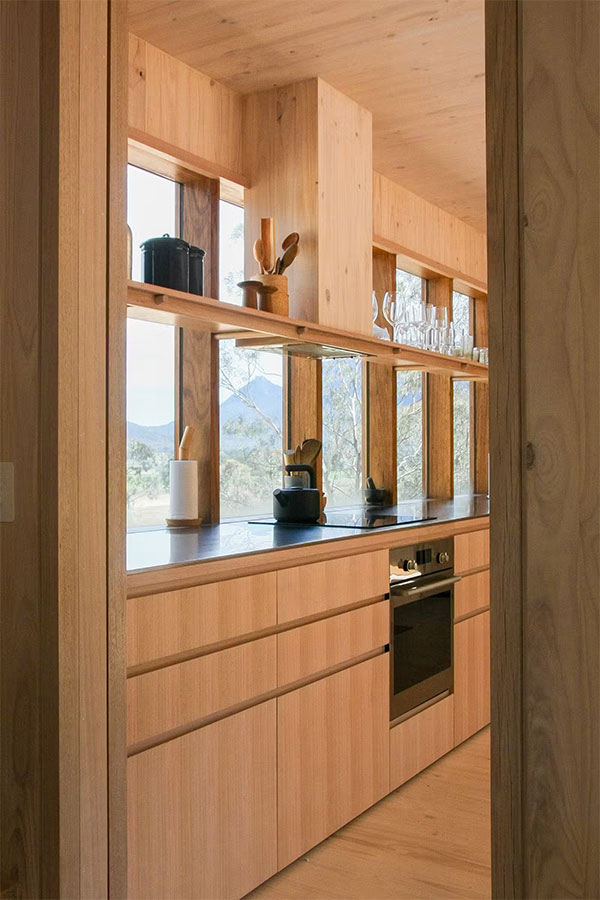
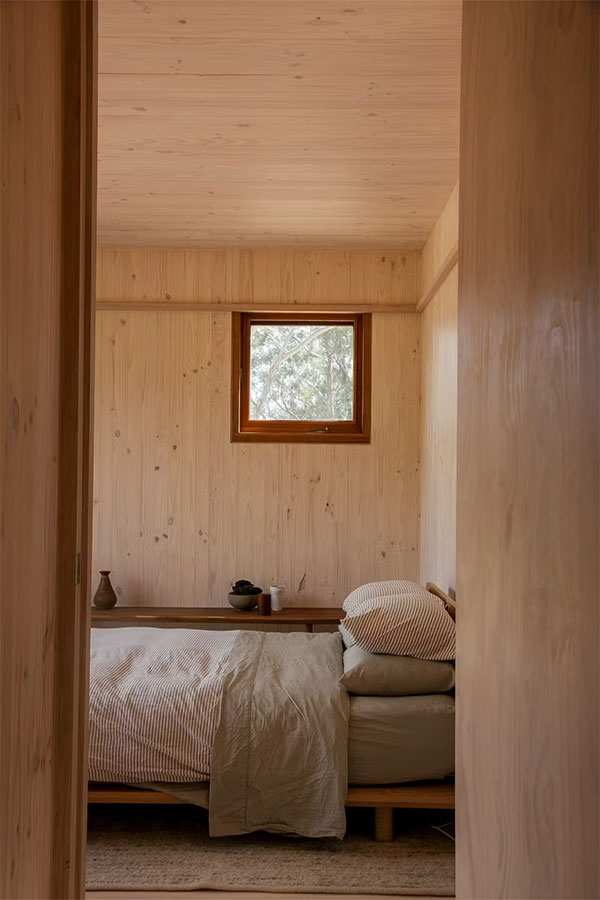
What do your models cost and what does that pricing include?
Our 25-square-meter Minima range starts at roughly $83,000 USD ($131,665 AUD) including taxes. Standard features include: the CLT structure, a bathroom suite, cladding in Australian hardwood, and double-glazed doors and windows with battened operable fly screens, all of which is built to comply with bushfire attack level 29. This is the basis of all other iterations and designs, which can be extended to incorporate various levels of details at different price points and needs.
What qualities make Minima stand apart from the rest?
Our homes are not kit homes—we deliver turnkey packages offering services from project permits to delivery, eliminating risk for our customers. We provide a clear vision of the pathway ahead from the first engagement through to manufacture and installation. We’re due to launch a 3D-viewing platform in the coming weeks that will allow the consumer to position our homes on their site and perform a digital walkthrough, which will provide a true feel for each space.
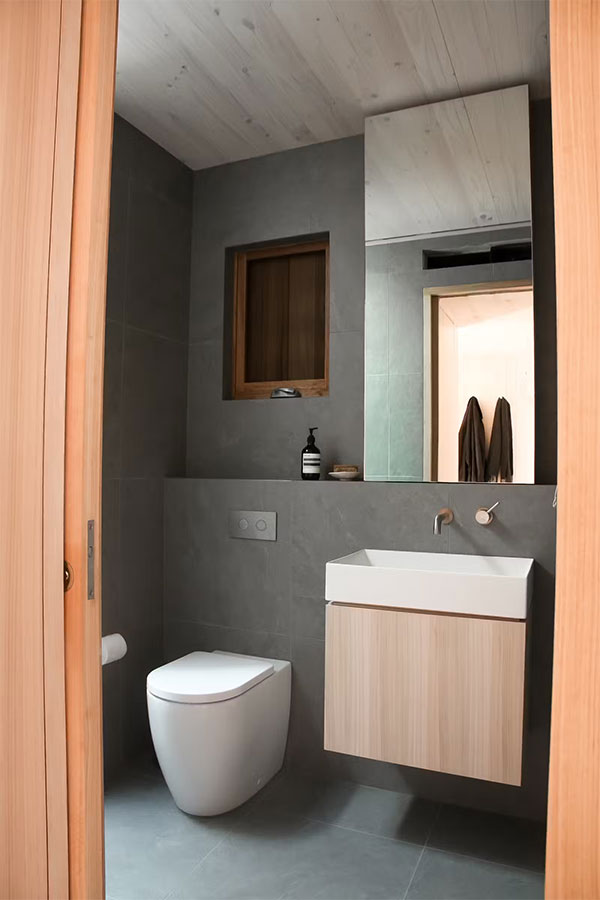
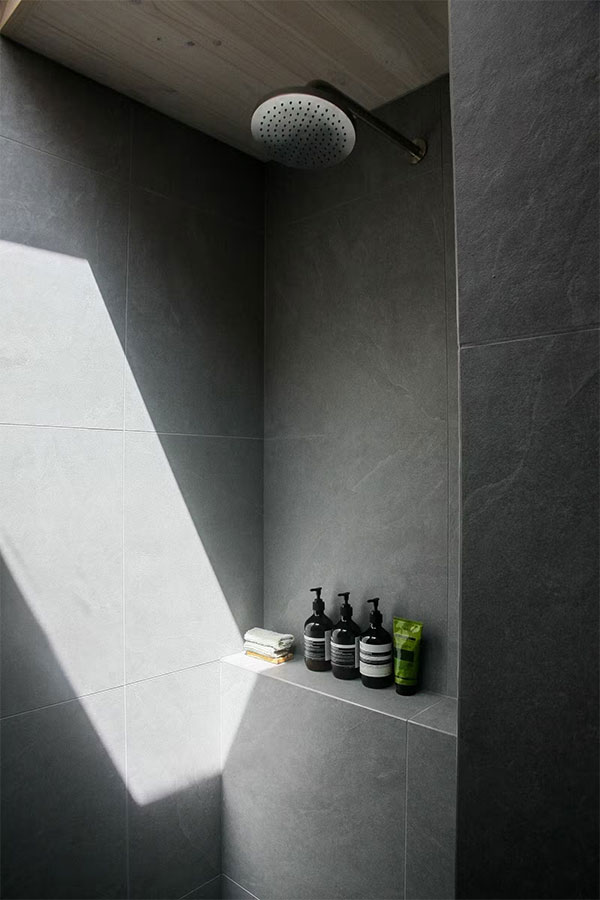
Where is the prefab currently available?
Australia wide. Our long-term plans are to establish facilities across the country.
How long can a client expect the process to take after they put down a deposit?
Ten to sixteen weeks for shelf designs. Custom designs vary depending on scope.
What aspects of an installation do you manage?
All volumetric components are delivered with bathrooms, kitchens, and finishes completed prior to delivery to site. The on-site process consists of establishing site services so they are ready to connect with our units, and joining the units and installing any add-ons such as desks, pergolas, or car ports, which are in most cases prefabricated and flat-packed to ensure quick installation. Installations can take as little as one day for our single units and up to one week when module connections are required.
Fabprefab are a licensed builder and offer services that include coordination of the permit phase, design phase, manufacture and build process, as well as all on-site tasks including site preparation such as excavation. We also offer off-grid packages that are often installed and commissioned in the factory prior to delivery to the site. In some cases, our clients choose to manage certain parts of the process, which we also accommodate.
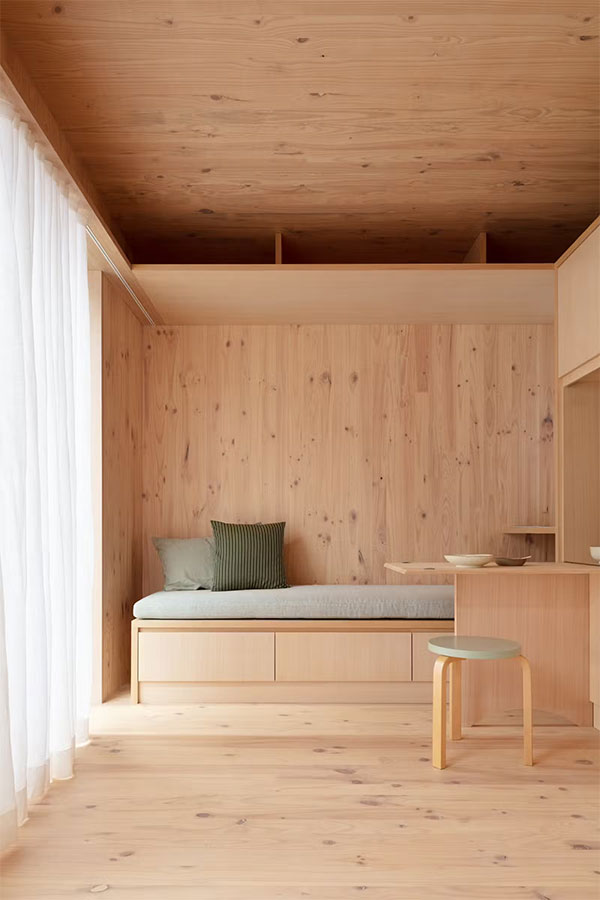
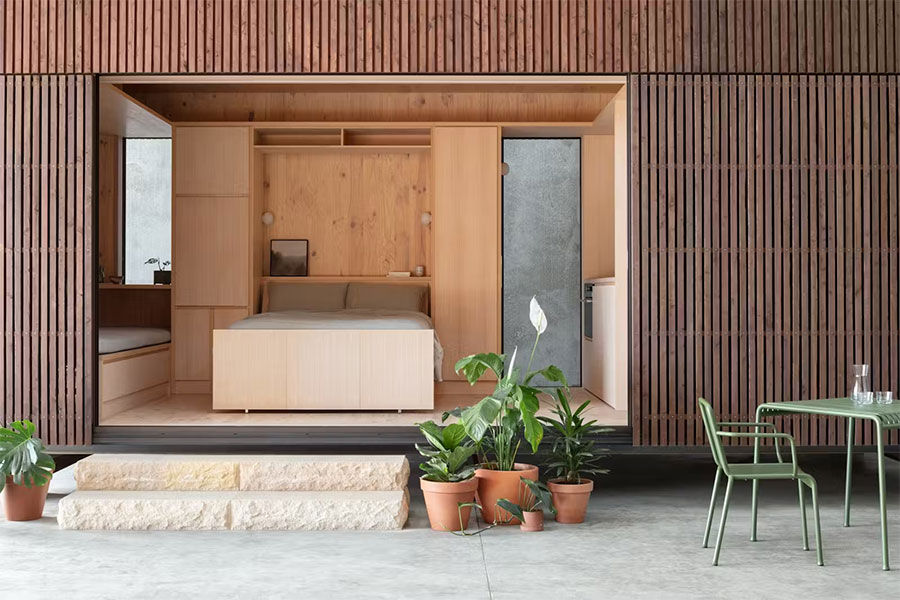
What aspects of the design can a client customize?
We provide a service called “kit-of-parts,” which was established in collaboration with Trias Studio and designed by lead architect and director Casey Bryant. The process is a streamlined design and construction experience where new homeowners can have their take on a new configuration of Minima. Both builder and architect provide a guided experience to employ a suite of existing details and configurations. While limitations are set by our manufacturing systems, we can provide and accommodate options for items such as appliances, finishes, fixtures, and fittings.
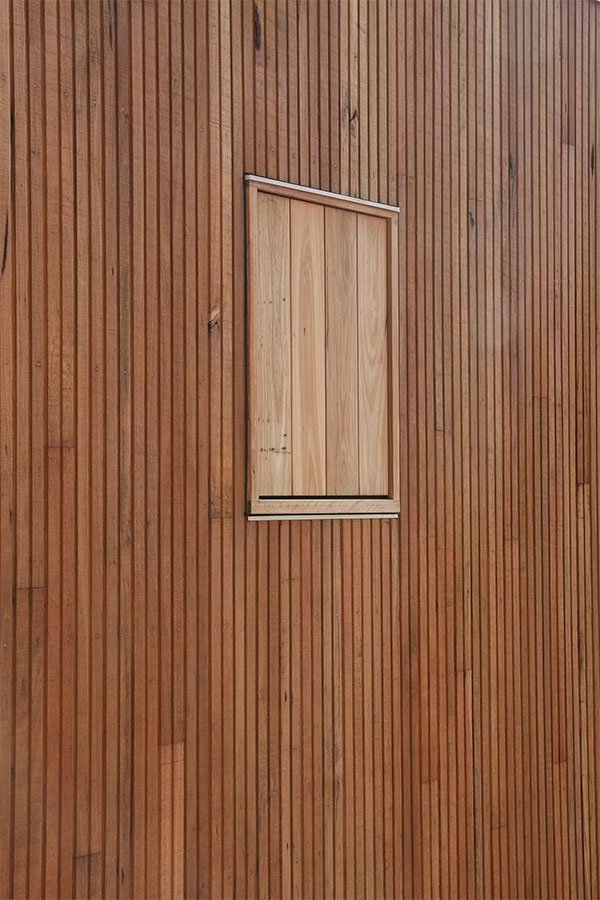
See more from Fabprefab and Trias.
This Tiny Home’s Furniture Folds Into a Wall to Save Space

